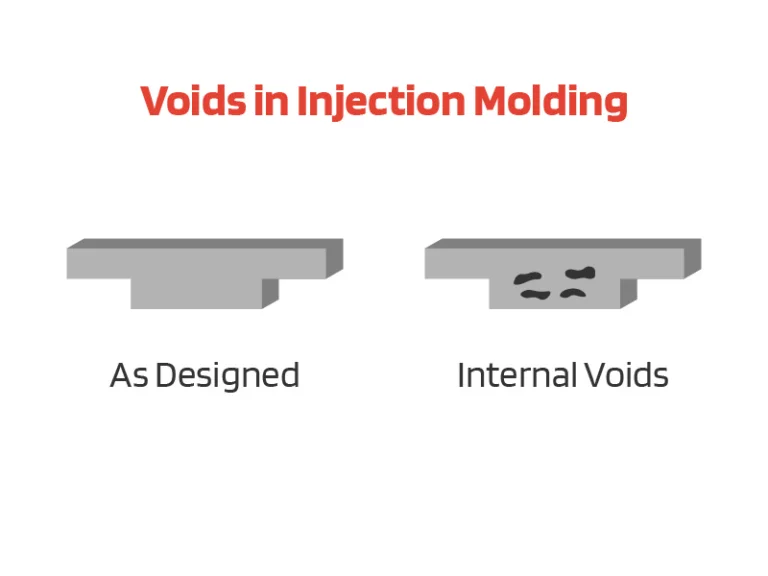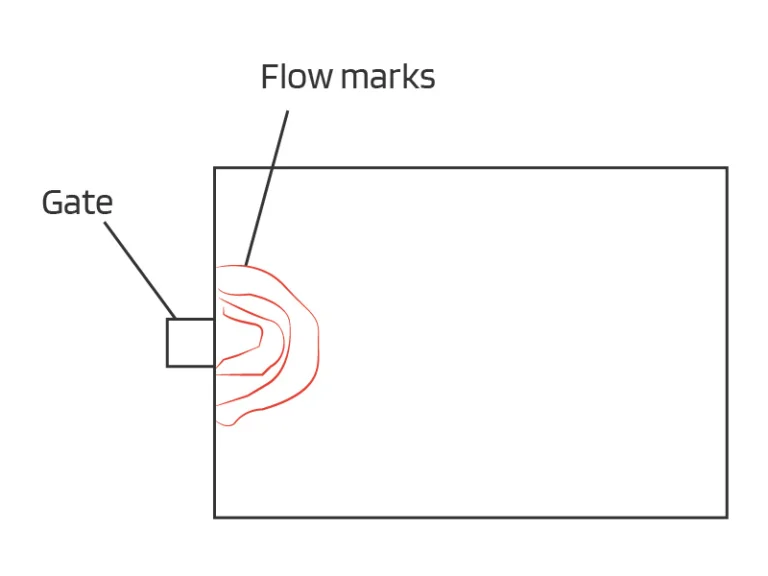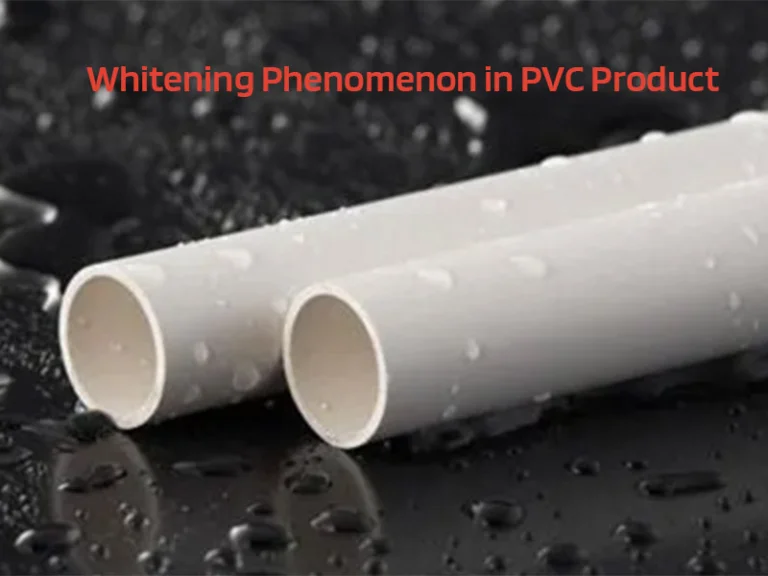Injection molding is a cycle process, each cycle mainly includes: quantitative feeding – melting and plasticizing – pressure injection – mold filling and cooling – mold opening and parts removal. And then take out the plastic parts and then close the mold for the next cycle.
1. Thermoplastics are commonly used in injection molding
The resin molecular chains in thermoplastics are linear or branched. There is no chemical bond between the molecular chains. When heated, they soften and flow. The process of cooling and hardening is physical change. Therefore, injection molding is suitable for almost all thermoplastics. Nylon (nylon), polyethylene (PE), polypropylene (PP), polyvinyl chloride (PVC), acrylonitrile butadiene styrene (ABS), polystyrene (PS), Polyoxymethylene (POM), polycarbonate (PC), polyurethane (PU), polytetrafluoroethylene (PTFE) are all thermoplastic injection materials, and they are common plastics for injection molding.
2. Why are most thermosetting plastics not suitable for injection molding
When thermosetting plastics are heated for the first time, they can soften and flow. When heated to a certain temperature, they will produce chemical reaction and harden by crosslinking. This change is irreversible. After that, when they are heated again, they can no longer soften and flow. The resin of thermosetting plastics is linear or branched before curing. After curing, chemical bonds are formed between the molecular chains to form a three-dimensional network structure, which can no longer be fused and dissolved in solvent. Phenolic, formaldehyde, melamine formaldehyde, epoxy, unsaturated polyester, silicone and other plastics are thermosetting plastics, so this kind of plastics cannot be the common plastics for injection molding.




